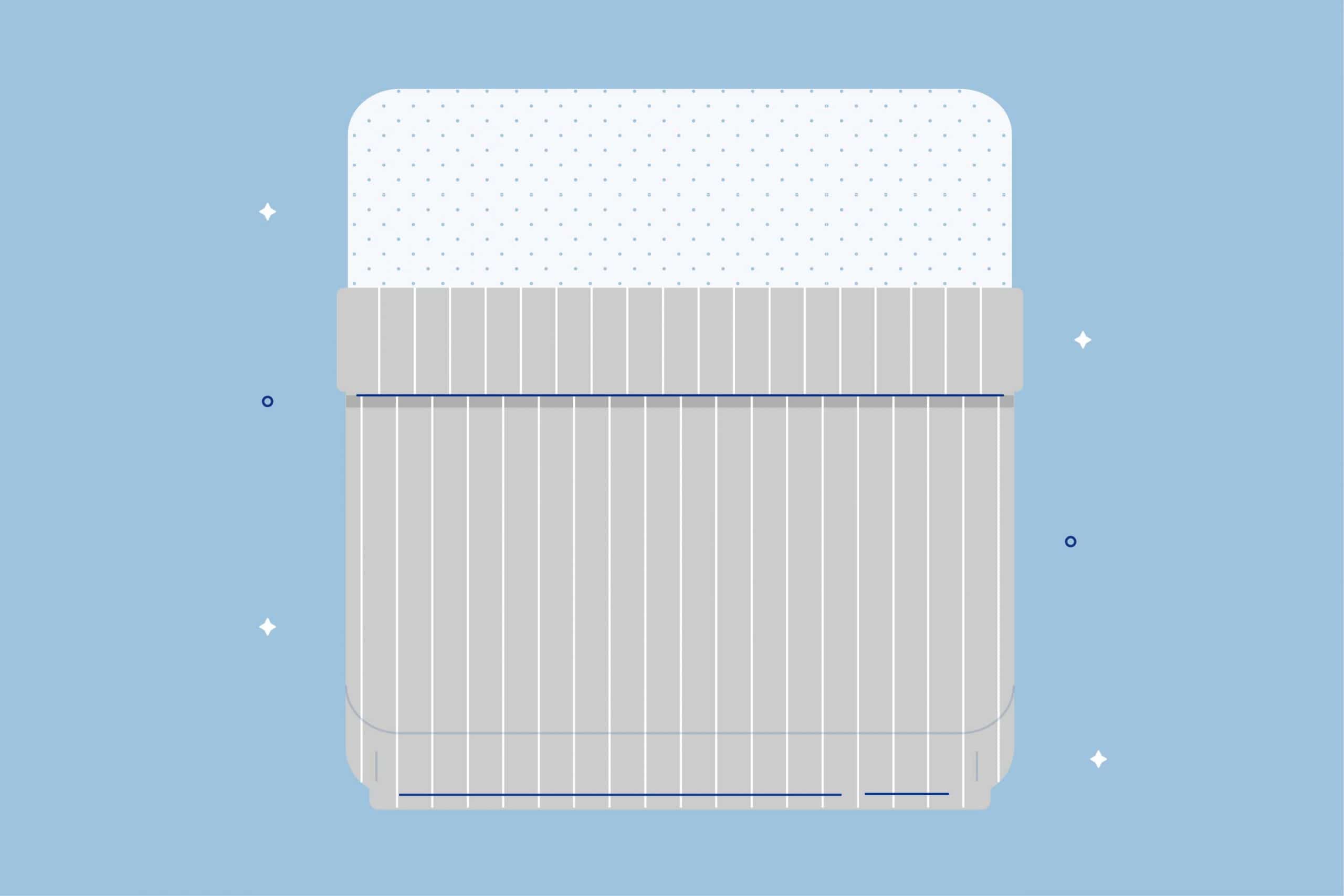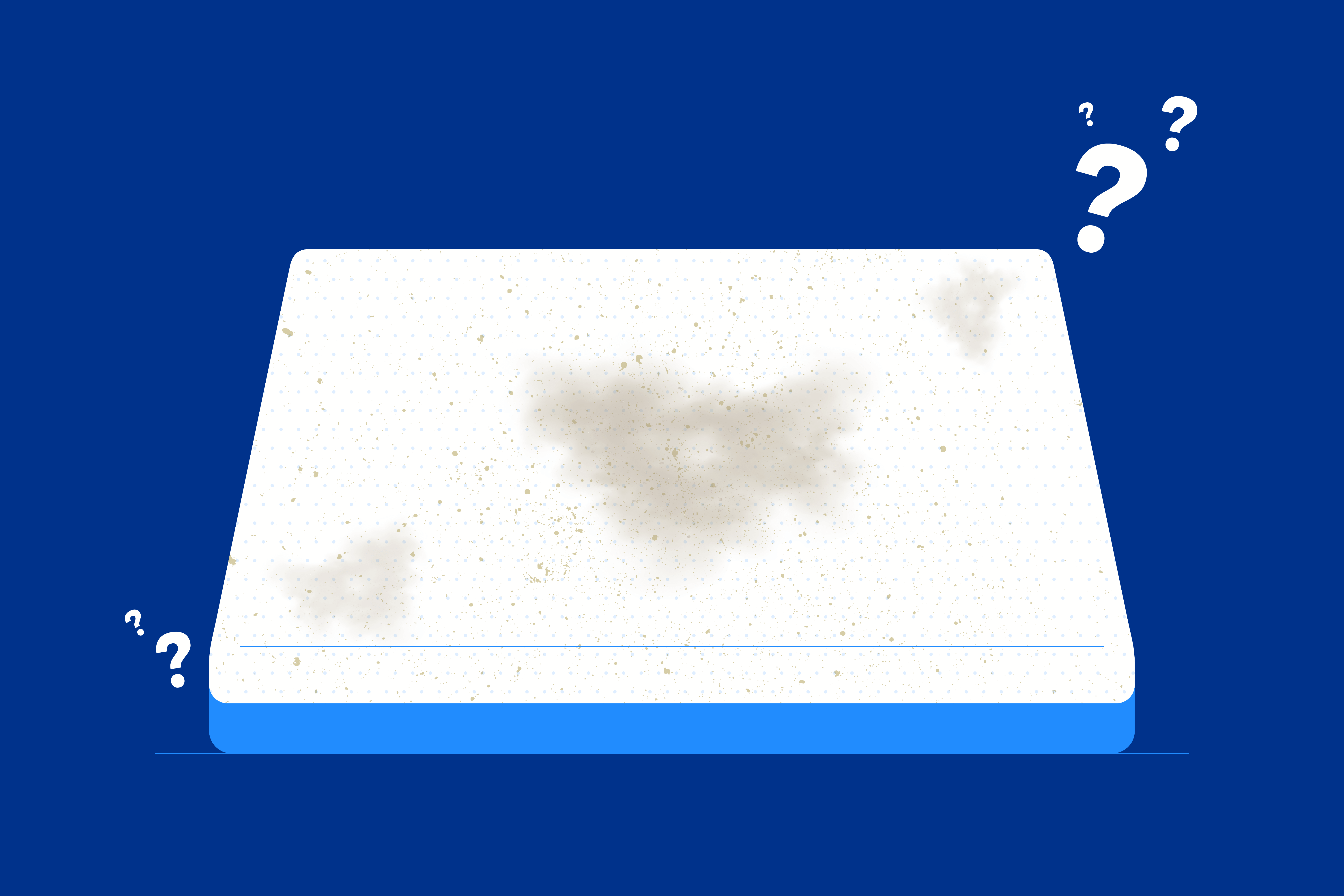Key Takeaways
- Duvet Covers Offer Protection and Versatility: Duvet covers serve as a protective barrier for duvet inserts, keeping them clean and fresh while allowing for easy customization of bedding aesthetics. They’re ideal for those who want to switch up their bedroom decor effortlessly.
- Considerations for Using a Blanket as a Duvet Insert: While technically possible, using a regular blanket as a duvet insert has its pros and cons. It offers flexibility in design and eliminates the need for a separate duvet cover but may lack insulation and security compared to purpose-made duvet inserts.
- Choosing the Right Bedding: When selecting bedding options, including duvet covers, duvet inserts, blankets, and sheets, consider factors such as size, style, fabric, and maintenance requirements to create a comfortable and visually appealing sleep environment tailored to your preferences and needs.
When it comes to bedding, many people enjoy the comfort and versatility of a duvet cover. But what if you don’t have a duvet insert? Can you use a regular blanket instead?
In this article, we’ll explore the pros and cons of using a regular blanket in a duvet cover and provide some alternatives to consider.
What Is a Duvet Cover and How Does It Work?
A duvet cover is a protective layer that encases your duvet or down comforter, providing both practical and aesthetic benefits. Duvets are traditionally used during winter in place of top sheets and blankets, while comforters are often paired with flat sheets.
Quick Guide: A 30-Second Summary
| Best Duvet Cover | Amerisleep Percale Duvet Cover Set |
Protective Barrier
First and foremost, a duvet cover serves as a shield for your duvet insert, safeguarding it against stains, spills, and everyday wear and tear.
By using a duvet cover, you can easily remove and wash the cover separately, keeping your duvet clean and fresh without the need for frequent washing. Important, as it can be hard to wash comforters and duvets. They are a bedding item that can require specialty care like dry cleaning every season.
Easy-to-Customize Look
Moreover, a duvet cover allows you to switch up the look of your bedding effortlessly. With a wide range of duvet cover designs and patterns available, you can instantly transform the appearance of your bedroom by simply changing the cover.
This versatility makes duvet covers an excellent choice for those who enjoy regularly updating their bedroom decor.
Inside the Duvet Cover
One important feature of a duvet cover is its corner ties, which help keep the duvet securely in place inside the cover by tying to at least two corners. These ties prevent the duvet from shifting or bunching up, ensuring a comfortable and evenly distributed sleeping experience.
Additionally, duvet covers typically have a closure mechanism, such as buttons, snaps, or a zipper, to keep the duvet insert securely enclosed inside its outer layer.
Using a Regular Blanket as a Duvet Insert
Can you use a regular blanket as a duvet insert? Technically, yes.
The duvet cover acts as a giant pillowcase, enclosing the fluffy duvet insert or bulky comforter inside. The cover adds an aesthetic touch to your bedding and provides an extra layer of protection for your duvet insert, making it easier to clean.
However, a regular blanket can be used in place of a duvet insert. Still, consider your needs and preferences carefully before deciding on the best option for your bedding.
Pros of a Blanket in a Duvet Cover
Using a regular blanket as a duvet insert has its advantages.
It allows you to have more flexibility in terms of design and style, as you can easily switch out blankets depending on your personal preferences and the warm weather.
Additionally, it eliminates the need for a separate duvet cover, saving you the trouble of having to find one that fits properly.
Cons of a Blanket in a Duvet Cover
However, there are also drawbacks to consider.
A regular blanket may not provide the same level of insulation and warmth as a duvet designed specifically for that purpose, especially in colder months.
It may also be less secure within a comforter cover, as it may move around more easily than a well-fitted duvet insert.
Moreover, a regular blanket may not have the same fluffy and soft feel that a duvet provides, impacting your overall comfort level.
Alternatives to a Blanket in a Duvet Cover
Instead of using a giant pillowcase-like comforter cover with a blanket, you can opt for mattress sheets and a top sheet, plus a coverlet to deck out your regular blanket.
This will provide a similar layered look and added protection to your bedding while allowing you to use your favorite duvet cover purely for aesthetic purposes.
Choosing the Right Duvet Cover
One crucial aspect of choosing a duvet cover is finding the right fit for your bed. Make sure to select a duvet cover that matches the size of your duvet or comforter. Whether you have a twin, queen, or king-size bed, opting for the correct duvet size will ensure a snug and well-dressed appearance.
If you share the bed, you may want to consider the benefits of separate bedding for couples. Having your own blanket or duvet can help you sleep better at night.
Aside from choosing the same size of cover, consider the style and design of your bed when choosing a duvet cover. Match the colors and patterns of the duvet cover with your existing bedding to create a cohesive and visually appealing look.
Considering Weight and Fabric
Duvet covers come in various fabrics with different weight and feels. Duvet inserts also vary in weight to accommodate different temperatures and meet individual sleeping preferences. It’s essential to select one of each that suits your needs and consider how the two will pair together.
If you prefer a lighter cover, especially for warmer months, opt for a cotton or linen duvet cover that offers breathability.
For colder months or individuals who prefer a cozy feel, consider a duvet cover made of flannel or a higher thread count cotton. These materials will provide added warmth and comfort during cooler nights.
It’s also possible to use a duvet cover as a bedspread on its own in warmer months, rather than pair it with a blanket. Keep that in mind when choosing the material!
Maintaining Your Duvet Cover
To keep your duvet cover clean and fresh, remember to wash your duvet cover regularly to remove any dust, allergens, or stains that may accumulate over time.
Before throwing it in the washing machine, turn the duvet cover inside out. This simple step helps protect the outer fabric from excessive wear and tear during the washing process, ensuring that your duvet cover maintains its appearance for longer.
Before laundering your duvet cover, refer to the care label for specific instructions and laundry symbols. Most duvet covers can be machine washed on a gentle cycle using cold or warm water, depending on the fabric. Avoid using bleach or harsh chemicals, as these can damage the fibers and cause discoloration.
When it’s laundry day, remove the duvet cover from the duvet insert before washing. This allows for a thorough clean and prevents any potential damage to the duvet insert.
It’s important to wash just the cover and not the duvet insert, especially if you have a traditional, plain white down duvet. That said, it is possible to wash a duvet if it’s down alternative, but you should still clean it separately from the covering.
After washing, either tumble dry your duvet cover on a low heat setting or hang it out to air dry. If using a dryer, consider adding a few dryer balls to help fluff up the cover and prevent clumping.
Once completely dry, turn the duvet cover right side out before placing your duvet insert back inside, ensuring a fresh and inviting bed every time. You can also store it with bedding once it’s dry and folded.
FAQs
Can I wash a duvet cover with a blanket inside?
We cannot recommend washing a duvet cover with a blanket inside. Washing them together can lead to uneven cleaning, and the duvet cover may not effectively launder the blanket.
Instead, wash duvet covers and blankets separately according to their laundry care instructions to maintain their quality and cleanliness.
How do you roll a blanket into a duvet?
Start by laying the duvet cover flat and placing the blanket on top. Begin rolling both the duvet cover and the blanket together tightly, starting from one end. Once rolled, secure the duvet cover with ties or fasteners.
Should you wash a duvet cover and sheets together?
While washing a duvet cover and sheets together is possible, we generally recommend washing sheets separately from other items. Duvet covers are larger and may not allow for a complete cleaning when combined with sheets.
Washing them separately ensures that each item receives thorough cleaning, and it allows for better care based on the specific fabric and washing instructions of each piece.
What if my duvet cover does not have ties?
If your duvet cover lacks ties, there are alternative methods to secure your blanket inside. Consider using safety pins strategically placed along the corners and edges of the duvet and blanket to keep them in place.
Alternatively, you can sew ties onto the inside corners of the duvet cover or attach small ribbons, ensuring they align with the corners of your blanket. This will prevent the blanket from shifting within the duvet cover during use.
How do you secure a blanket inside a duvet cover?
If your duvet cover has ties, simply attach them to the corresponding loops on the corners of your blanket.
In the absence of ties or loops, use safety pins or clips to fasten the blanket securely to the inside corners of the duvet cover. This ensures that the blanket stays evenly distributed within the cover, preventing any bunching or shifting during use.
How often should a duvet cover be washed?
Generally, it’s best to launder a duvet cover every two weeks. However, if there are spills, stains, or noticeable dirt, washing should occur more frequently. Regular washing not only keeps the duvet cover clean but also maintains its freshness and longevity.
Always check the laundry care symbols and washing instructions on the label for specific washing guidelines based on the fabric of your duvet covers.
Conclusion
Using a regular blanket in a duvet cover is a viable option, but it comes with both advantages and drawbacks. While it allows for more flexibility in terms of design and eliminates the need for a separate duvet insert, a regular blanket may not provide the same level of warmth, security, and comfort as a purpose-made duvet.
Consider your personal preferences and needs when deciding on the best bedding solution for you, whether it’s just a flat sheet, a blanket, or a duvet. Whether you opt for a regular blanket in a duvet cover or choose an alternative like separate bedding for couples, the key is to create a comfortable and inviting sleep environment that suits your style and ensures a good night’s rest.
About the author
Geoff McKinnen is a writer focusing mainly on the healthcare industry and has written articles on everything from foods to help you lose weight to the connection between Alzheimer’s and sleep. Geoff’s passionate about helping readers improve their well-being to lead happier lives. Outside of work, Geoff enjoys cycling and hiking and believes that by leading a healthy lifestyle, he can help others do the same.
View all posts





